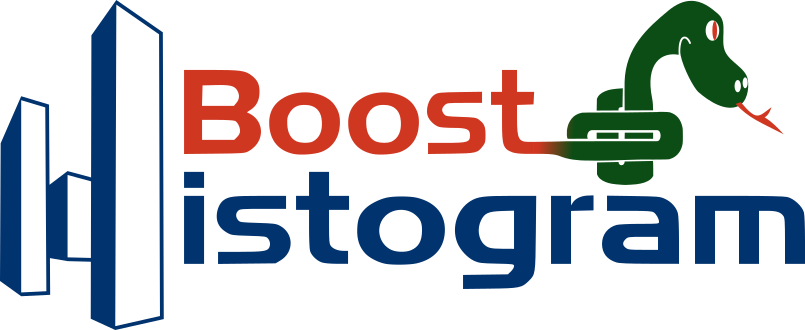
Pybind11 3.0 has been released! I would like to highlight some of the key
changes below; be sure to check out the changelog and upgrade guide for
more information! This release includes an ABI bump, the first required bump in
many years on Unix (Windows has had required bumps more often). This release
contains the multi-year smart-holder branch, multi-phase init and subinterpreter
support, py::native_enum, an interface to warnings, typing improvements, and
more. CMake now defaults to FindPython mode.
Support for Python 3.14, 3.14t, GraalPy, PyPy 3.11, and iOS have been added, while legacy support for Python 3.7, PyPy 3.8/3.9, and CMake <3.15 has been removed. Most deprecated features have been kept for this release, but anything producing a warning in 3.0 may be removed in a future 3.x version.
[Read More]